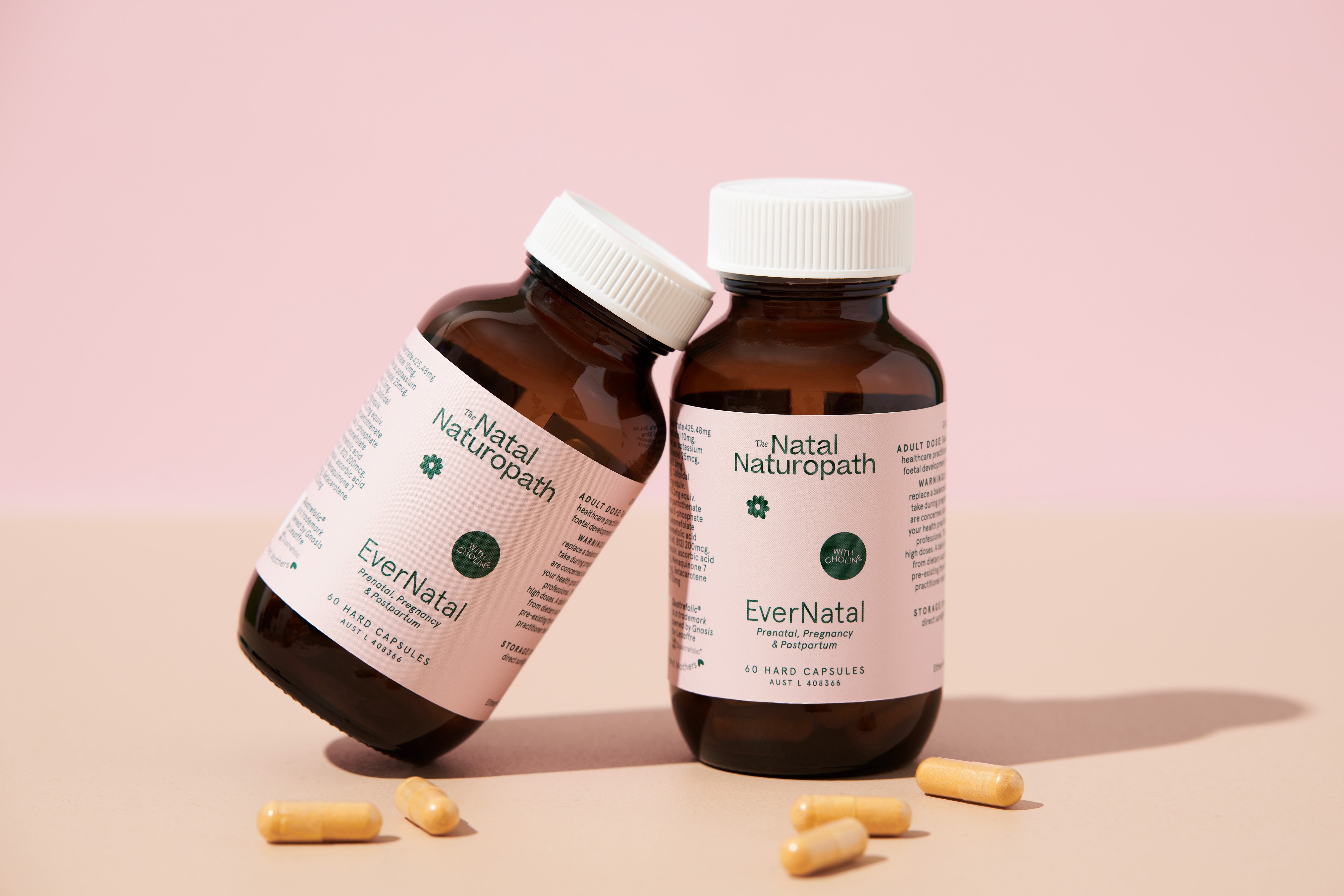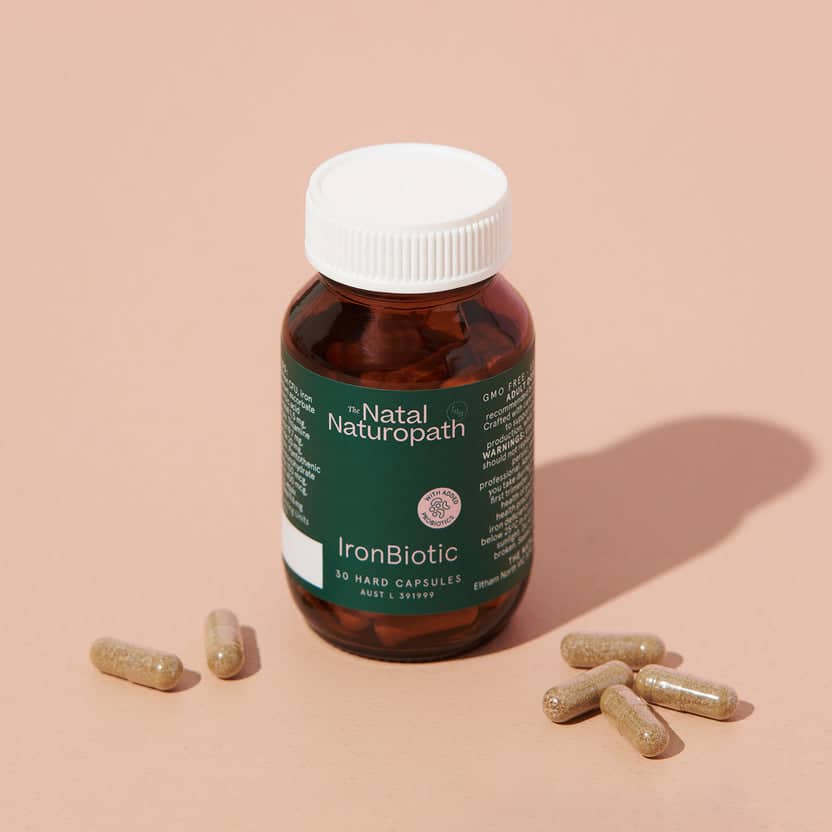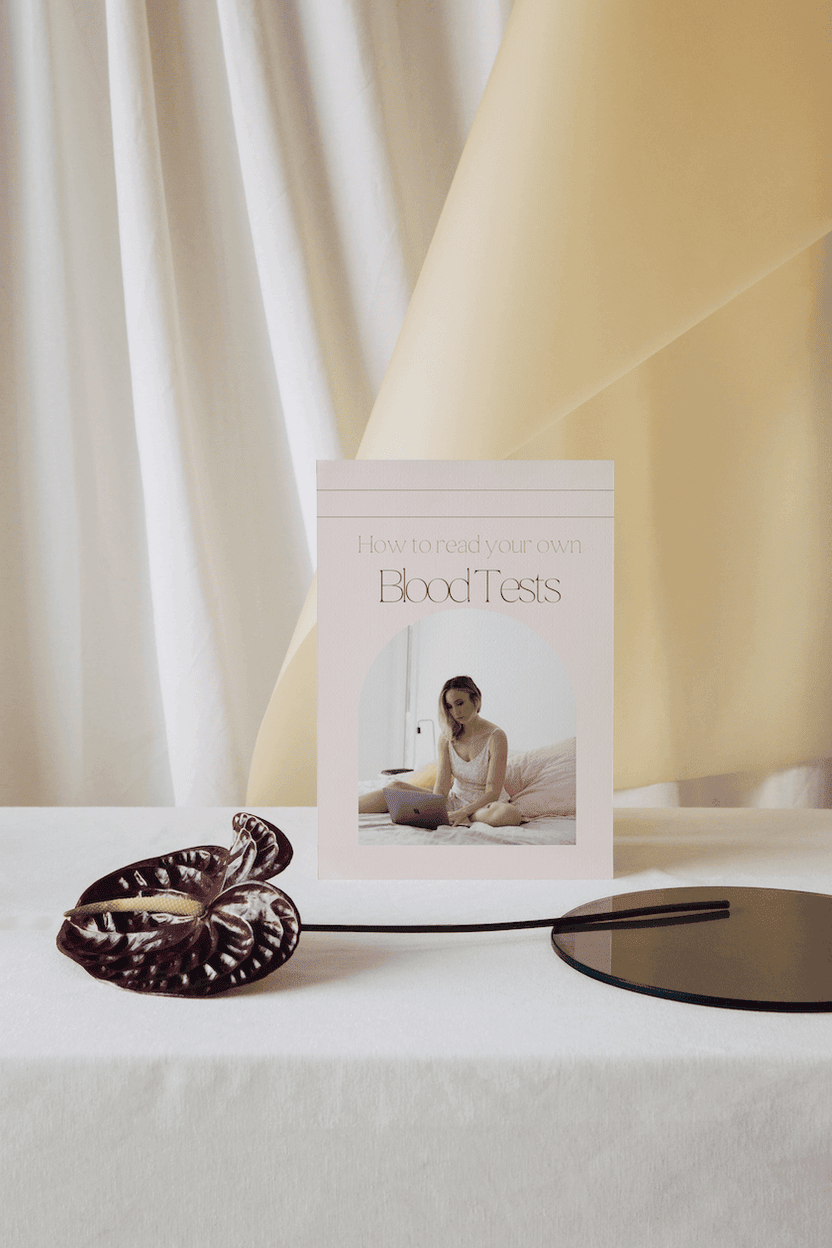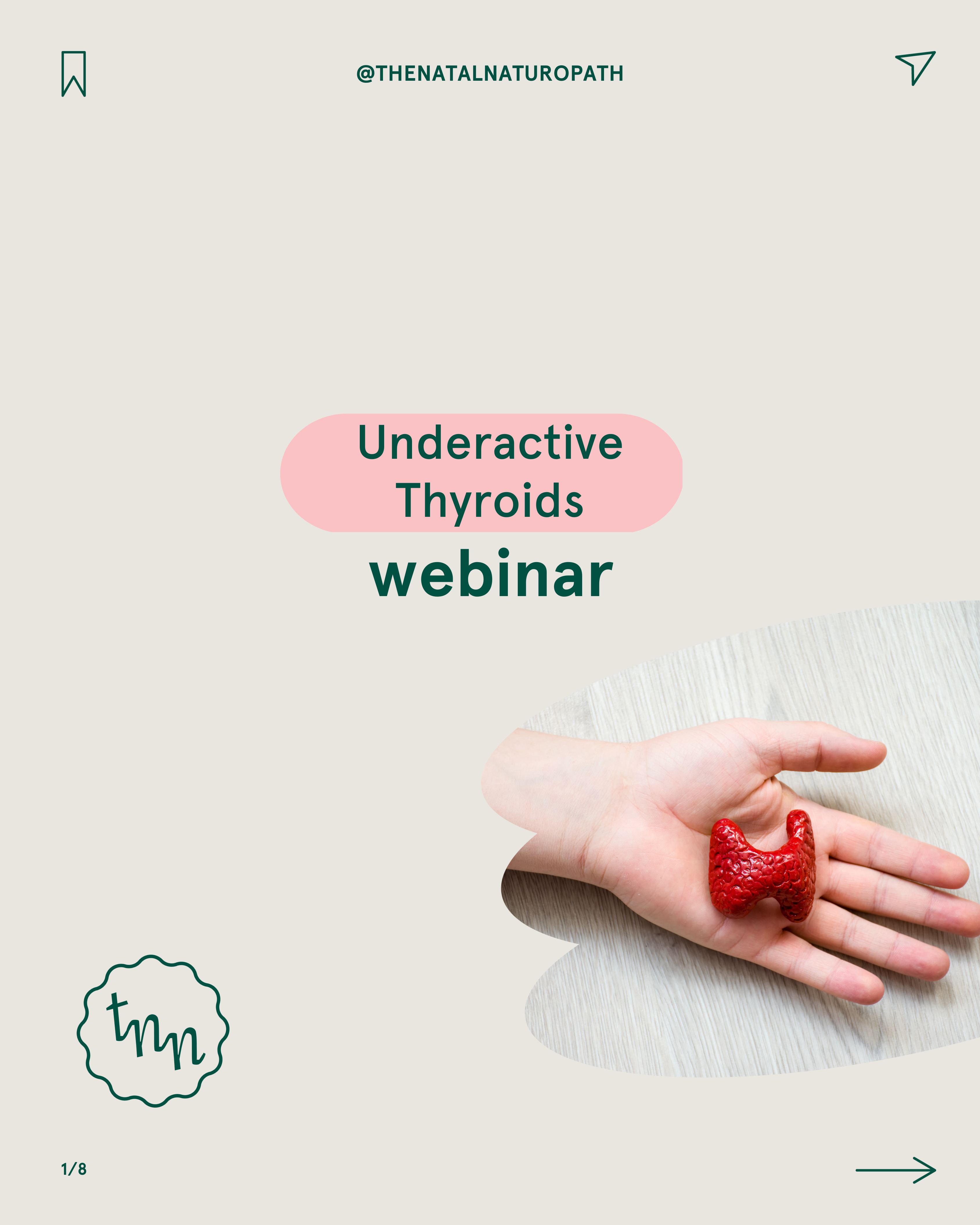Treating PMS naturally with 5 treatment options
Treating PMS is something we do weekly in the clinic, and more often than not, PMS can be significantly improved with some straightforward approaches. And there are so many different approaches possible; where a GP will only be able to offer you the pill or an SSRI - which really isn't getting to the root cause of the PMS itself (which can be different for everyone).
It's crucial to understand that there's no one-size-fits-all explanation for premenstrual mood changes in all women. It's more likely that there are several underlying factors at play, varying from one individual to another. This diversity means that different treatments may be effective for different individuals. It might be necessary to experiment with various treatments or combinations thereof until you discover what works best for you.
Remember, the five treatments I mention are not the only natural remedies available. PMS does in fact reflect overall health, so any action taken to enhance general well-being can also benefit premenstrual mood. This includes physical activity, spending time outdoors, getting adequate rest, improving gut health, reducing inflammation, avoiding alcohol, and ensuring a well-rounded diet.
Lastly, I want to recognise the severe impact premenstrual mood symptoms can have, sometimes diagnosed as premenstrual dysphoric disorder (PMDD). While natural remedies, particularly antihistamine treatments, can provide relief for PMDD, they may not be effective for everyone. Therefore, consulting with a healthcare professional is advisable, or you can book in an appointment with one of our naturopaths if you want a tailored treatment for you.
1. The first strategy involves an antihistamine approach, starting with testing an over-the-counter antihistamine to observe any symptom relief. If you find relief, you might consider natural antihistamines like quercetin, SAM-e, and vitamin B6, along with adopting a dairy-free diet, particularly avoiding A1 casein found in milk from certain cow breeds like Holstein and Friesian. Dairy from goats, sheep, and A2 cows (e.g., Jersey) is typically well-tolerated. Interestingly, ongoing research at Deakin University in Australia is examining the inflammatory and psychological effects of A1 versus A2 casein.
Histamine, known for its role in allergies and inflammation, also functions as a neurotransmitter that can influence the brain. Its levels fluctuate with the menstrual cycle, influenced by hormones like estrogen and progesterone. Symptoms of elevated histamine or mast cell activation, which mirror common premenstrual issues, include irritability, anxiety, insomnia, brain fog, headaches, and breast pain, as well as hives, nasal congestion, joint pain, fluid retention, and nausea. Period flu can often present. If these symptoms sound familiar alongside your premenstrual mood changes, an antihistamine route might be beneficial. Have a listen to this podcast episode of mine all about histamine and hormones.
2. The second remedy is magnesium, revered for its anti-inflammatory properties and calming effects on the brain. A 2017 review supports magnesium as an evidence-based treatment for premenstrual mood swings. Some theories suggest magnesium's benefits stem from its ability to regulate progesterone's impact on the nervous system. 300 mg of magnesium glycinate in the days leading up to menstruation can work a treat. Not to mention it helps us sleep more deeply. I'm so excited to launch my own magnesium supplement this year!
3. The third solution is vitamin B6. Its effectiveness, supported by clinical trials, may be due to its role in enhancing serotonin and GABA levels, along with reducing histamine and prolactin. However, it's important to be mindful of the dosage to avoid rare but potential nerve damage; I generally advise 30 to 60 mg during the luteal phase only, and suggest the pyridoxal-5-phosphate (P5P) form over pyridoxine. Always consult with a healthcare provider before starting!
4. The fourth option is iodine, which can significantly improve not just premenstrual mood but also breast pain. If breast pain is a symptom, iodine might be the first remedy to consider. However, for those with existing thyroid conditions, especially autoimmune thyroid diseases, it's crucial to stick to lower doses of 300 mcg and screen for thyroid antibodies before starting higher doses.
5. The fifth treatment is vitex, or chaste tree, a well-known herbal remedy often tried first for premenstrual mood issues. Vitex has been studied for its ability to calm the brain, increase progesterone, and crucially, reduce prolactin levels. It's always prescribed in our clinic as one of the first PMS/PMDD options, and personally for myself makes the biggest difference for my own PMS.
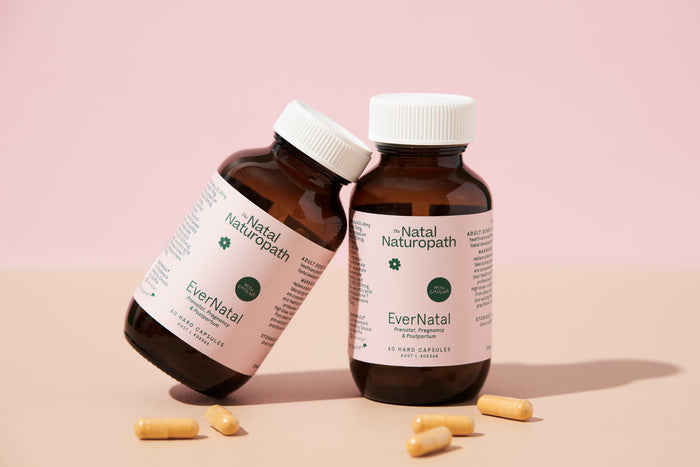



 You're only $120.00 away from unlocking free shipping
You're only $120.00 away from unlocking free shipping